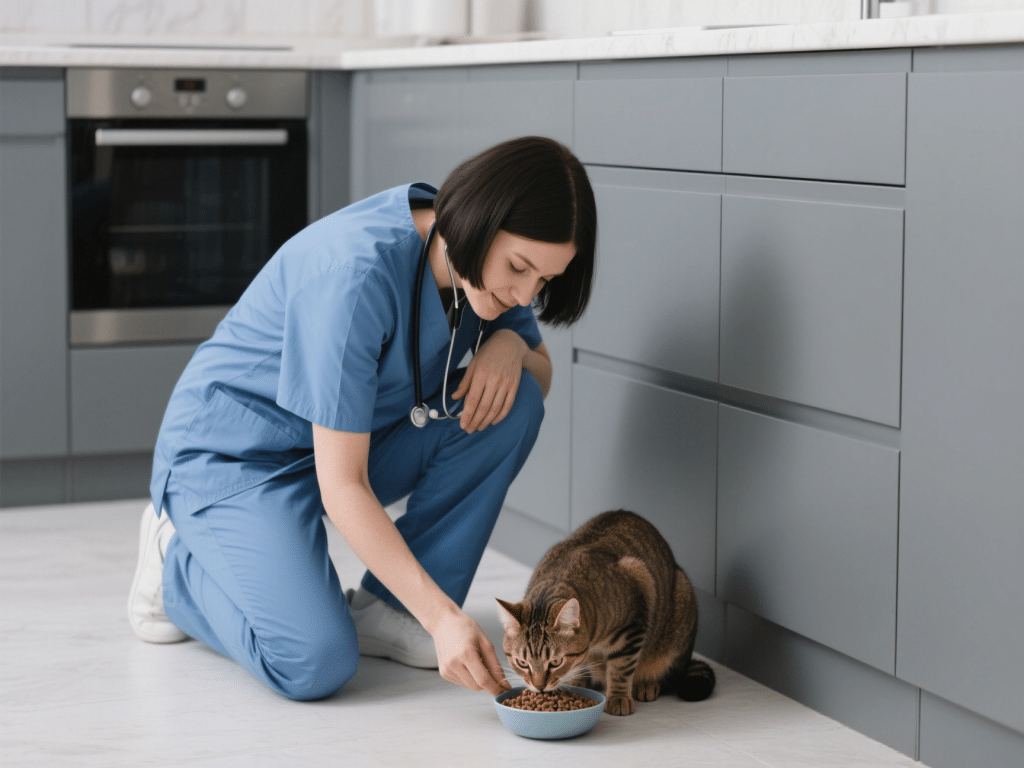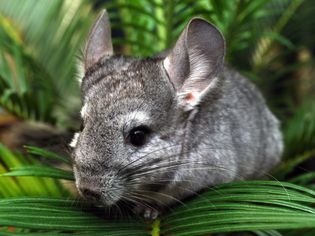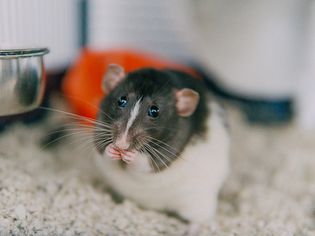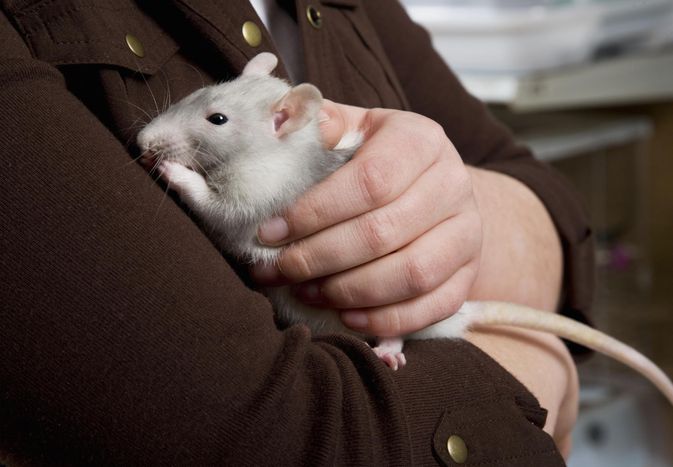Dealing with Pet Separation Anxiety: Signs and Solutions
Pet separation anxiety (SA) affects approximately 20-40% of dogs in Western households (AVMA, 2025), causing significant distress for both animals and owners. Recognizing the signs early and implementing evidence-based solutions is crucial for improving your pet’s wellbeing.
Recognizing the Signs (Beyond Whining)
True separation anxiety manifests through distinct behavioral patterns occurring exclusively when left alone:
Destructive Escapism: Focused damage near exits (door frames, windowsills) indicating panic-driven escape attempts.
Excessive Vocalization: Non-stop barking/howling persisting beyond 30 minutes after departure.
Inappropriate Elimination: Urination/defecation in the home by otherwise house-trained pets, often near exits.
Pacing & Drooling: Repetitive path tracing or visible puddles of saliva indicating acute stress.
Self-Harm: Obsessive licking/chewing leading to hot spots or damaged nails/paws.
Effective, Science-Backed Solutions
1. Desensitization & Counter-Conditioning (DS/CC)
This gold-standard method requires consistency:
Step 1: Record departure cues (jingle keys, put on coat) without leaving. Reward calm behavior.
Step 2: Practice very short departures (30 seconds - 2 minutes), returning before anxiety starts. Gradually increase duration only when the pet remains relaxed.
Step 3: Pair departures with high-value, long-lasting treats (e.g., frozen Kongs) ONLY given when alone, creating positive associations. Never use as a distraction during high-anxiety episodes.
2. Environmental & Routine Management
Exercise First: 30 minutes of vigorous exercise significantly lowers baseline stress hormones before departures.
Safe Zones: Create a comfortable confinement area (crate or puppy-proof room) using positive reinforcement training. Covering crates can reduce visual triggers.
Scent Comfort: Leave unwashed clothing with your scent near resting areas. Species-specific appeasing pheromones (Adaptil diffusers/collars) show clinically significant calming effects in 70% of mild-moderate cases.
3. Independence Training
Ignore Attention-Seeking: Politely ignore demanding behaviors (pawing, whining for attention). Reward calm, independent resting.
Predictable Routines: Avoid prolonged farewells or overly excited greetings. Keep arrivals/departures low-key.
4. Professional Intervention Tools
Targeted Supplements: Veterinarian-recommended supplements containing L-Theanine, L-Tryptophan, or alpha-casozepine (derived from milk protein) can support stress reduction alongside behavioral training.
Behavioral Medication: For severe cases (destruction causing injury, extreme vocalization), consult a veterinary behaviorist. Medications like Clomipramine or Fluoxetine, combined with DS/CC, show 85% success rates (JVBS, 2024).
Remote Monitoring: Use pet cameras to observe true anxiety levels and track progress objectively, distinguishing SA from boredom or insufficient exercise.
Crucial Considerations
Rule Out Medical Causes: Sudden anxiety changes warrant a vet visit to rule out pain, neurological issues, or endocrine disorders.
Avoid Punishment: Yelling or punishing anxiety-driven destruction increases fear and worsens SA long-term.
Patience is Paramount: Significant improvement typically requires 4-8 weeks of consistent DS/CC protocols. Setbacks are normal; persistence is key.
Early intervention using structured behavioral modification offers the best prognosis. For complex cases, always seek guidance from a Certified Applied Animal Behaviorist (CAAB) or Diplomate of the American College of Veterinary Behaviorists (DACVB). Addressing separation anxiety restores harmony, ensuring your pet feels secure even when home alone.










Comments on "Dealing with Pet Separation Anxiety: Signs and Solutions" :